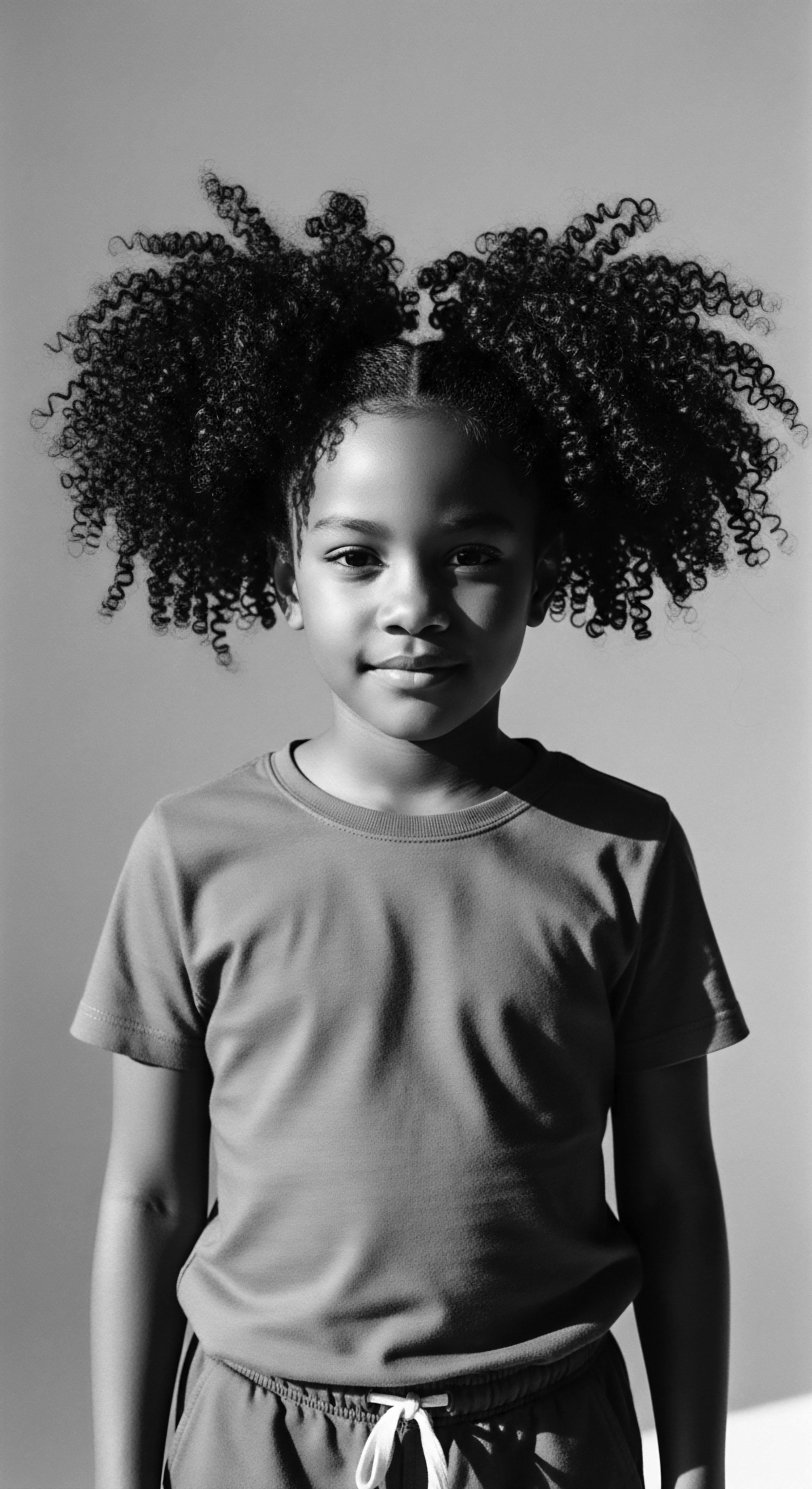
Roots
There is a unique sensation that comes with running fingers through a resilient coil, a testament to generations of strength. Yet, for many who carry the lineage of textured hair, a persistent whisper accompanies that touch, a question that lingers like a forgotten melody ❉ Why does this vibrant crown so often yearn for moisture? It is a question not merely of cosmetic concern, but one woven deeply into the very fabric of identity, memory, and an enduring heritage. To truly comprehend this predisposition for dryness, we must journey back, to the foundational elements of textured hair itself, understanding its intricate design not as a flaw, but as an elegant adaptation, and how its journey through time and human experience has shaped its needs.
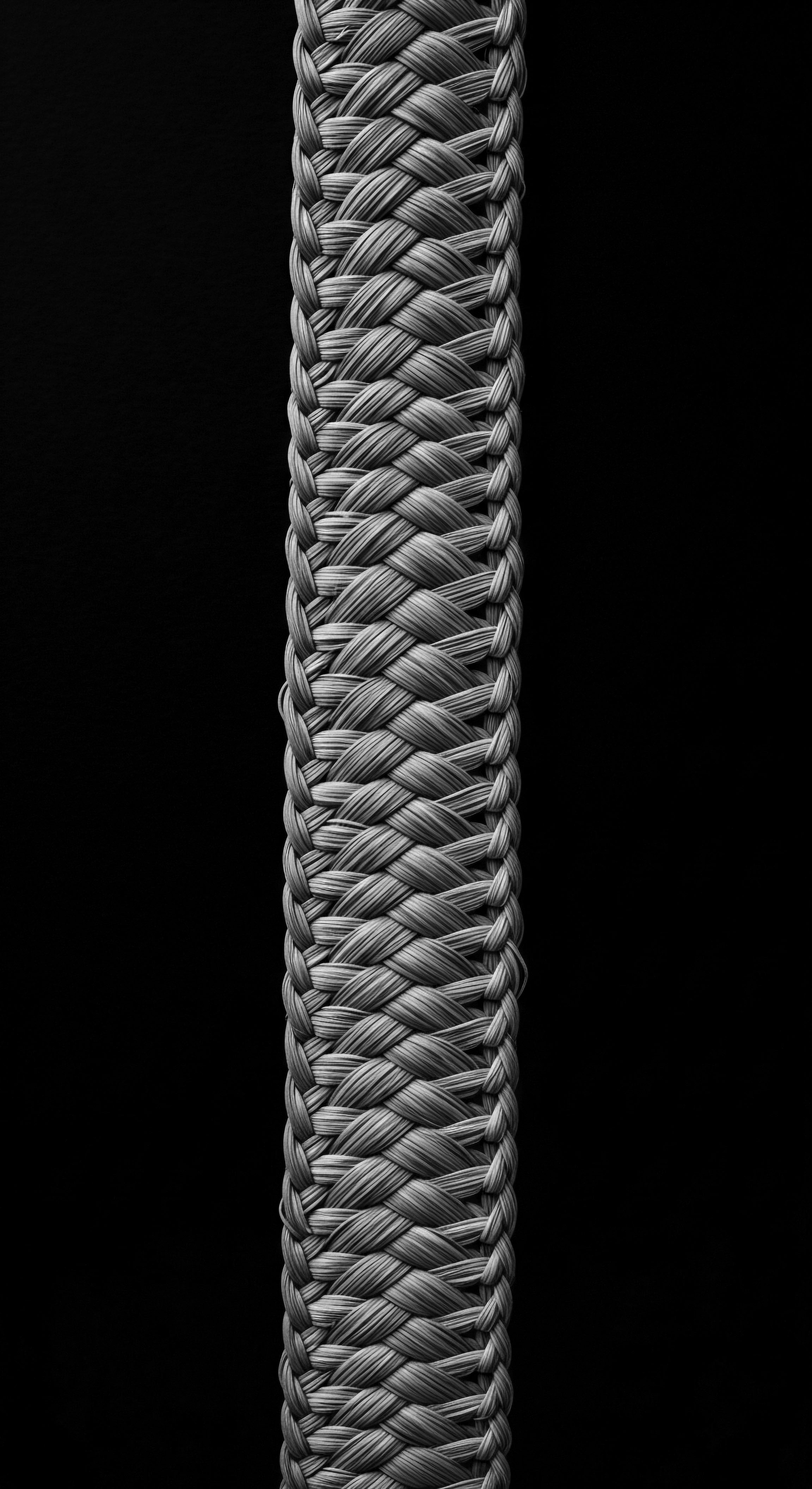
Ancestral Adaptations and Follicle Design
The inherent architecture of textured hair, especially Afro-textured hair, plays a significant role in its moisture dynamics. Consider the microscopic landscape of each strand ❉ instead of a perfectly round cylinder, many textured hair follicles are elliptical or flattened in shape. This unique cross-section dictates the characteristic curl pattern, from gentle waves to tight, spring-like coils.
The tighter the curl, the more twists and turns a single strand makes as it grows from the scalp. This spiraled journey creates points of weakness along the hair shaft, making it more delicate and susceptible to breakage.
The journey of natural oils, known as sebum, produced by the scalp’s sebaceous glands, is also impacted by this very design. Sebum is a natural conditioner, meant to travel down the hair shaft, coating it with protective lipids. On straight hair, sebum can glide down with relative ease. However, on highly coiled or kinky hair, the twists and turns act as natural barriers, impeding the downward flow of these vital oils.
This means that even with a healthy scalp producing ample sebum, the mid-lengths and ends of textured hair may receive less natural lubrication, contributing to a sense of dryness. Historically, this biological reality spurred many ancestral communities to develop ingenious methods to supplement this natural process, actively working to introduce and seal in moisture from external sources.
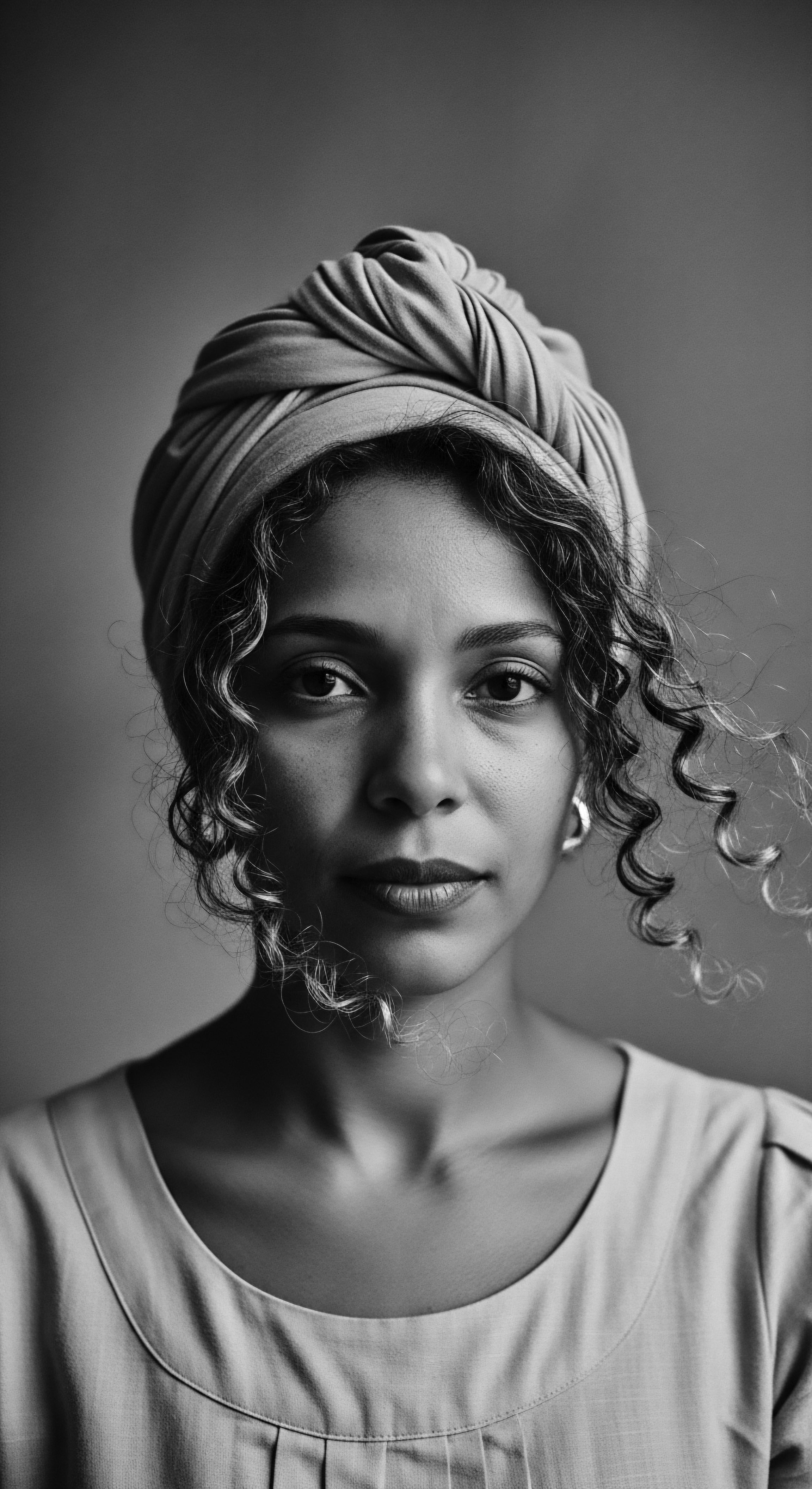
The Cuticle’s Dance with Moisture
Beyond the macroscopic shape of the follicle, the hair’s outermost protective layer, the Cuticle, also contributes to moisture retention, or its loss. The cuticle consists of overlapping, scale-like cells, much like shingles on a roof. When healthy, these scales lie flat, creating a smooth surface that reflects light and effectively traps moisture within the hair’s inner cortex.
For textured hair, particularly tightly coiled patterns, these cuticle scales may not lie as flatly as they do on straight hair. This slightly raised or uneven cuticle can allow moisture to escape more readily from the hair shaft and absorb environmental humidity, leading to frizz and a drier feel.
Textured hair’s unique structure, inherited through generations, makes it more prone to dryness due to its coiled shape impeding natural oil distribution and a less flattened cuticle layer.
The interplay of these factors—the elliptical follicle shape, the challenging path for sebum, and the subtly lifted cuticle—forms the biological foundation for why textured hair often requires a more intentional approach to hydration. This understanding, rooted in biology, resonates with the ancient wisdom of care that was passed down through generations, long before modern science articulated these microscopic truths.
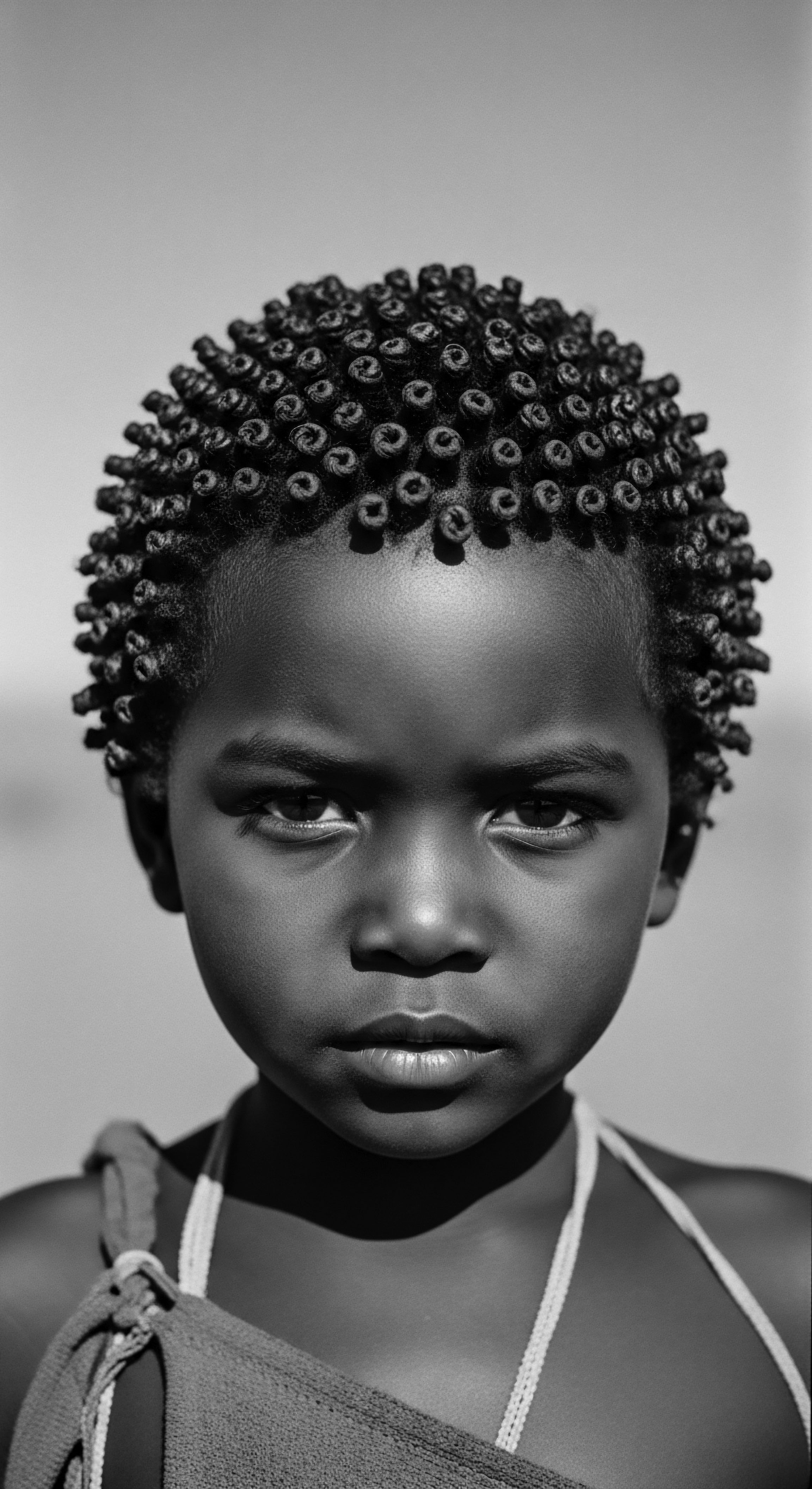
Historical Echoes in Hair Structure
Our ancestors possessed an innate understanding of their hair’s unique properties, even without the aid of microscopes. The very evolution of Afro-textured hair is believed to be an adaptation to harsh environmental conditions, providing protection from intense ultraviolet radiation while allowing air circulation to the scalp. This evolutionary advantage, while protective against the sun, did not inherently equip the hair for continuous moisture retention in all climates, particularly when confronted with arid conditions or the forced migrations that separated communities from their traditional practices and natural resources.
The concept of “good hair” and “bad hair” deeply influenced the perception and treatment of textured hair, often equating straight hair with beauty and manageability. This cultural bias often led to practices that prioritized altering natural hair texture over nourishing it. In the context of slavery, for instance, enslaved people were stripped of their traditional tools and methods for hair care.
Their hair was often shaved or manipulated to align with Eurocentric beauty standards, erasing a vital part of their identity and cultural expression. This historical trauma around hair care further exacerbated issues of dryness and damage, as the focus shifted from health to conformity.
| Element of Hair Coil Pattern |
| Traditional Understanding (Heritage) A visual marker of identity, tribe, and family lineage; requires specific braiding and styling to manage. |
| Scientific Insight Today The elliptical shape of the follicle creates twists and turns, hindering sebum distribution and contributing to breakage points. |
| Element of Hair Sebum's Flow |
| Traditional Understanding (Heritage) Recognized the need for external oils and butters to lubricate hair, especially beyond the scalp. |
| Scientific Insight Today Natural oils from the scalp struggle to coat the entire length of a coiled strand due to its intricate structure. |
| Element of Hair Cuticle Layer |
| Traditional Understanding (Heritage) Understood hair needed to be "sealed" or "protected" through wraps and butters. |
| Scientific Insight Today The cuticle scales on textured hair may not lie as flat, allowing moisture to escape more easily. |
| Element of Hair The enduring struggle with dryness is a testament to both biological design and historical adaptation, prompting continuous innovation in hair care across generations. |
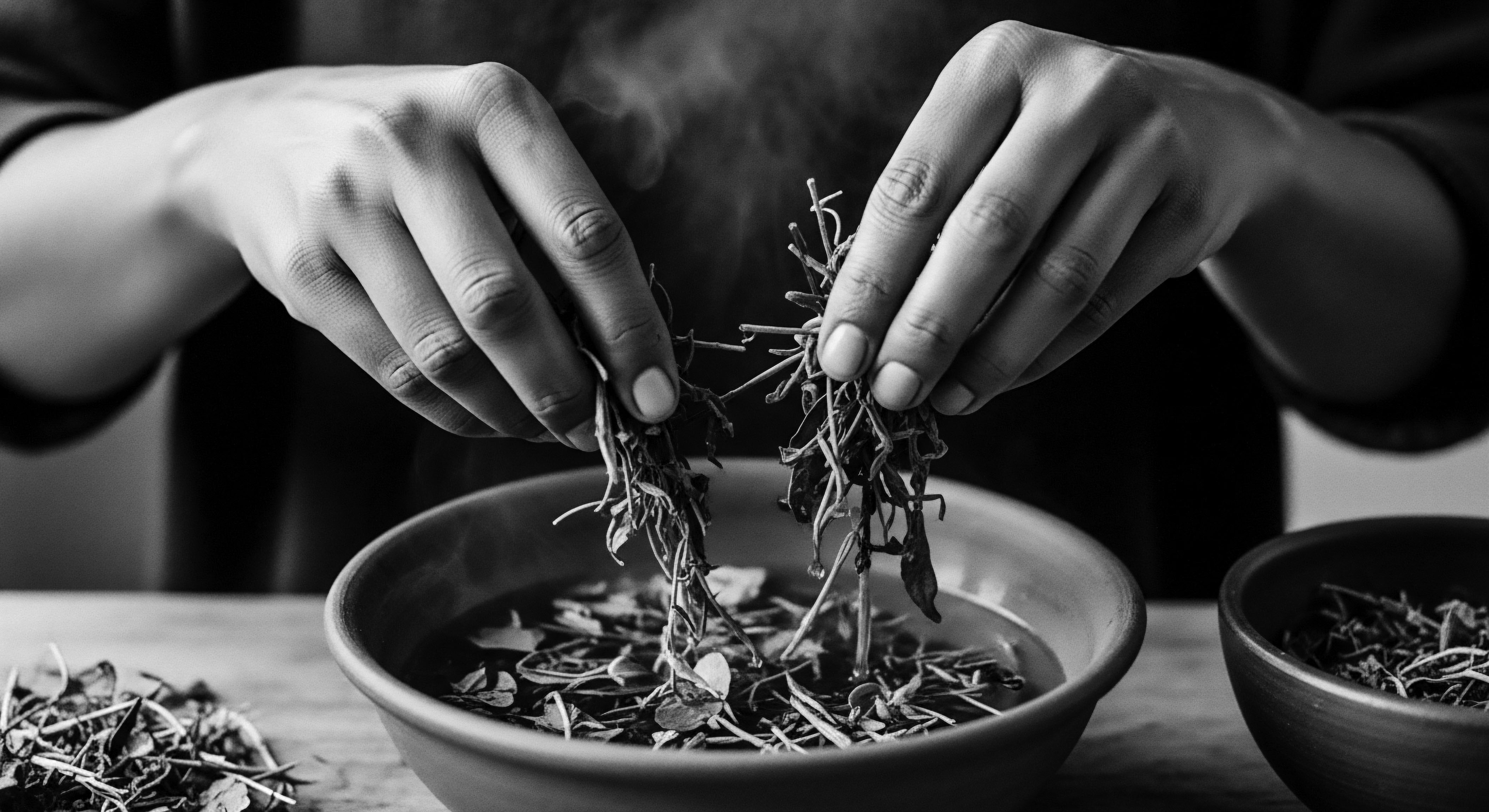
Ritual
The journey of textured hair through generations is a story told not only through its biological makeup but also through the sacred rituals of care passed down from elder to child. These practices, steeped in ancestral wisdom, were intuitive responses to the inherent tendencies of coiled strands, long before scientific labels were assigned. They represent a deep, embodied knowledge of how to keep hair vibrant and nourished, despite its predisposition for dryness. These rituals were often communal, fostering bonds and preserving a profound connection to heritage.
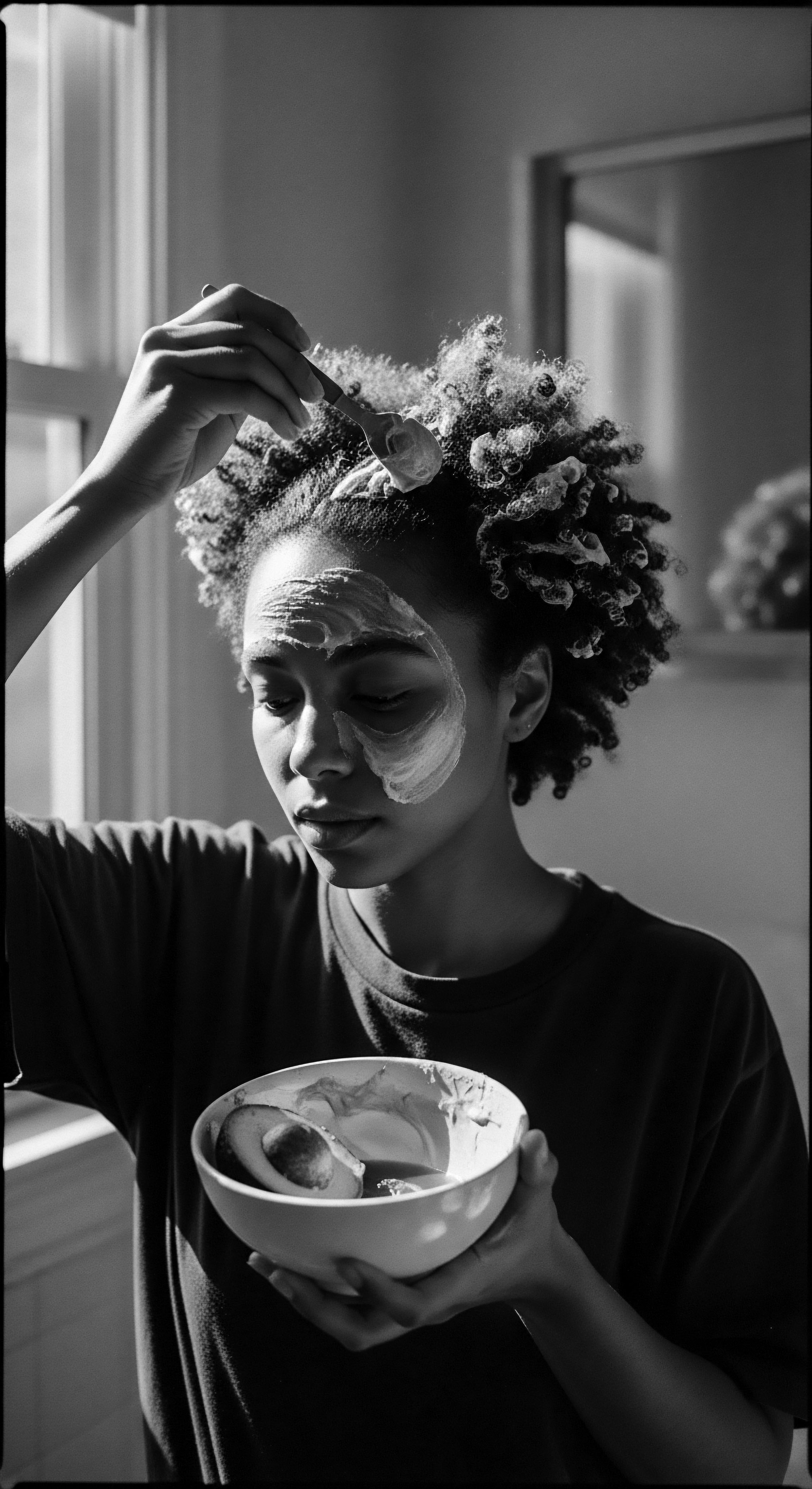
Communal Care and Moisture’s Sacred Place
In many African communities, hair care was a collective endeavor, a time for sharing stories, wisdom, and nurturing bonds. Braiding, for instance, was a social activity, strengthening community ties while preserving cultural identity. This communal aspect extended to the sharing of knowledge about nourishing ingredients. The regular application of natural butters, herbs, and oils was not merely a beauty routine; it was a testament to survival, a practical way to manage and protect hair from the elements, and to counteract its tendency to dry out.
The historical record reveals a remarkable ingenuity in sourcing and utilizing local botanicals. Shea Butter, for example, derived from the nuts of the Karite tree, was a cornerstone of West African hair care. It was revered for its moisturizing and healing properties, acting as a balm for both skin and hair, and also offered natural UV protection.
Women understood its ability to trap moisture and restore vitality, a crucial insight in climates where dryness could be a constant challenge. This ancestral knowledge is a powerful counter-narrative to the perception of textured hair as inherently difficult, illustrating centuries of proactive, heritage-based solutions.
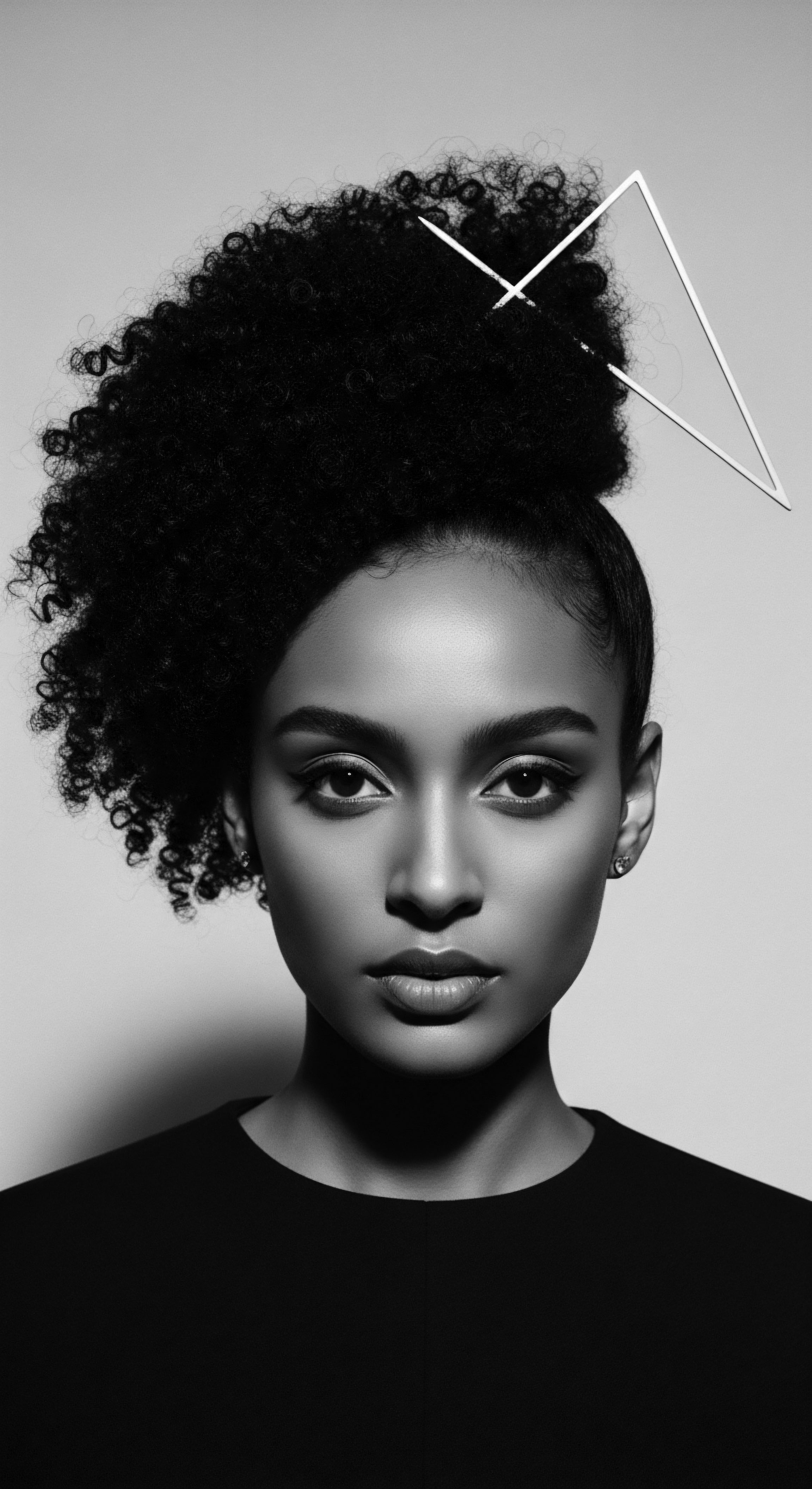
Why Did Ancestral Practices Focus on Sealing Moisture?
The underlying reason for textured hair’s dryness is its unique structure, particularly the helical twists and turns that make it more difficult for the scalp’s natural oils to travel down the entire hair shaft. This structural reality meant that moisture introduced to the hair would evaporate more quickly if not intentionally sealed in. Ancestral methods focused on counteracting this natural phenomenon through multi-step applications and protective styling.
- Layering ❉ Many historical practices involved a layering approach, similar to the modern “LOC” (liquid, oil, cream) method. Water or herbal infusions provided initial hydration, followed by the application of oils and then heavier butters to seal that moisture within the strand.
- Protective Styles ❉ Braids, twists, and threading were not just aesthetic choices. They served as essential protective styles, minimizing environmental exposure and preventing moisture loss. By tucking away the ends of the hair, these styles created a controlled environment, allowing applied oils and leave-in conditioners to remain locked in for longer periods.
- Herbal Infusions ❉ Beyond basic oils, ancestral communities often infused these emollients with herbs and botanicals known for their conditioning and strengthening properties. Chébé powder, sourced from the Northern Chad mountains, is a notable example. When mixed with water and shea butter, it was believed to aid length retention by sealing the cuticle and filling hair shaft spaces, a direct response to the hair’s propensity for dryness and breakage.
Generational practices of layered moisture and protective styles, like those using shea butter and Chébé, were direct ancestral responses to textured hair’s inherent dryness.
The ingenuity of these rituals extended to the tools used. Combs were crafted from wood, bone, or metal, often with wide teeth to gently navigate the hair’s tendency to tangle and knot, minimizing breakage that could further compromise moisture retention. Scarves and head wraps were also integral, providing not only protection from the elements but also serving to preserve moisture between washes. The tradition of wrapping hair at night with silk or satin materials, still widely practiced today, finds its roots in these ancient customs aimed at reducing friction and retaining hydration.
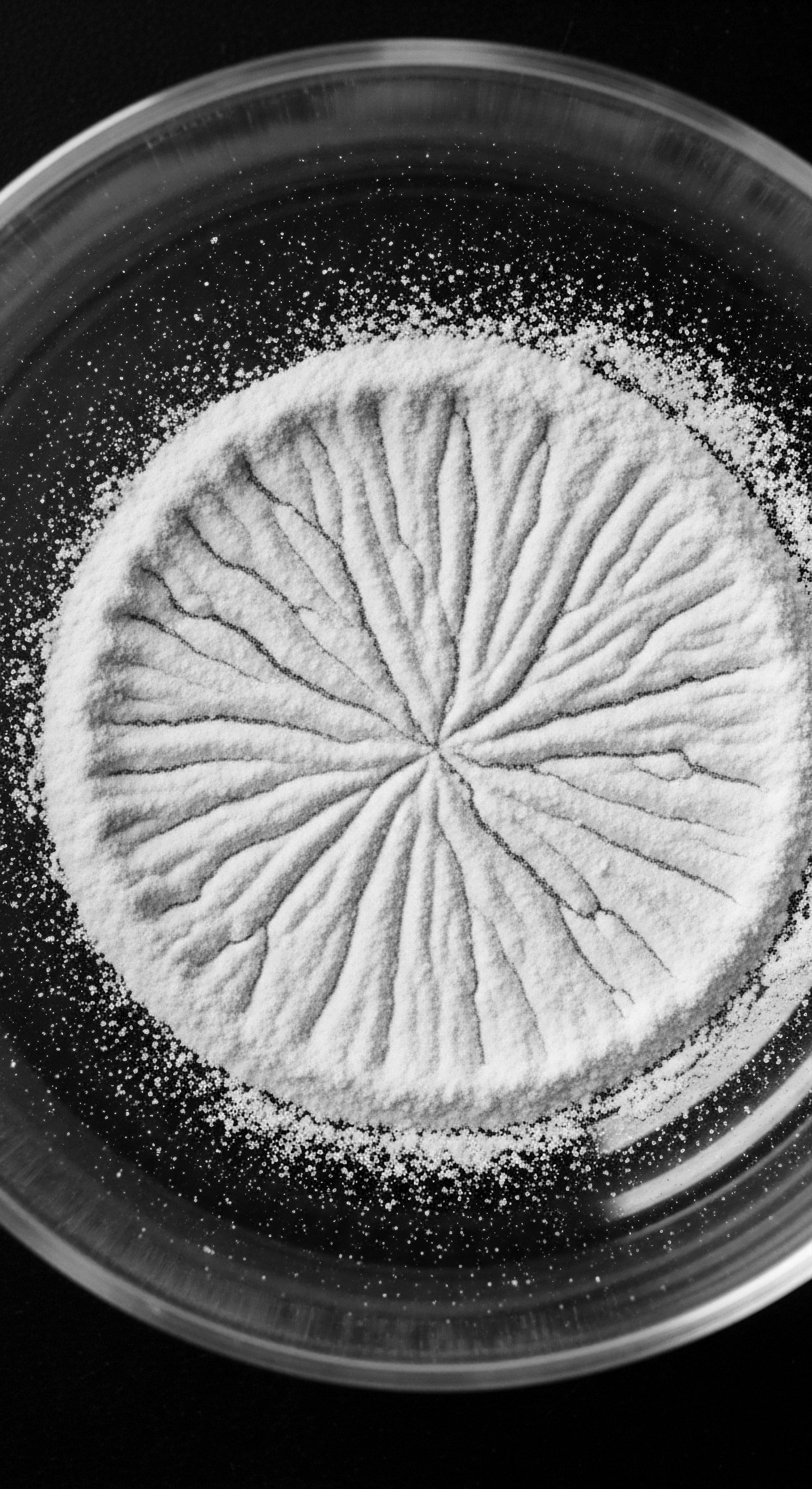
The Enduring Legacy of Protective Measures
The lessons gleaned from these historical care practices hold relevance today. The emphasis on gentle handling, moisturizing, and protecting the hair from external stressors remain paramount for those with textured hair. The persistent need for moisture, inherent in the hair’s structure, continues to be addressed through methods that echo the wisdom of generations past, whether through carefully selected product ingredients or the choice of styles that honor hair health above all.
The stripping away of these ancestral care methods during the transatlantic slave trade had devastating consequences for the hair health of enslaved Africans. Forced to use harsh tools and lacking access to traditional ingredients, hair became tangled, damaged, and prone to severe dryness. The very definition of “hair care” was distorted by the brutal realities of their existence, yet despite these hardships, enslaved women found ways to maintain some semblance of their heritage through covert practices like braiding, often infusing their hair with available animal fats and oils to protect it. This period highlights the profound impact of environmental factors and forced cultural disruption on hair health, underscoring why understanding dryness transcends mere biology to encompass a deep historical sensitivity.
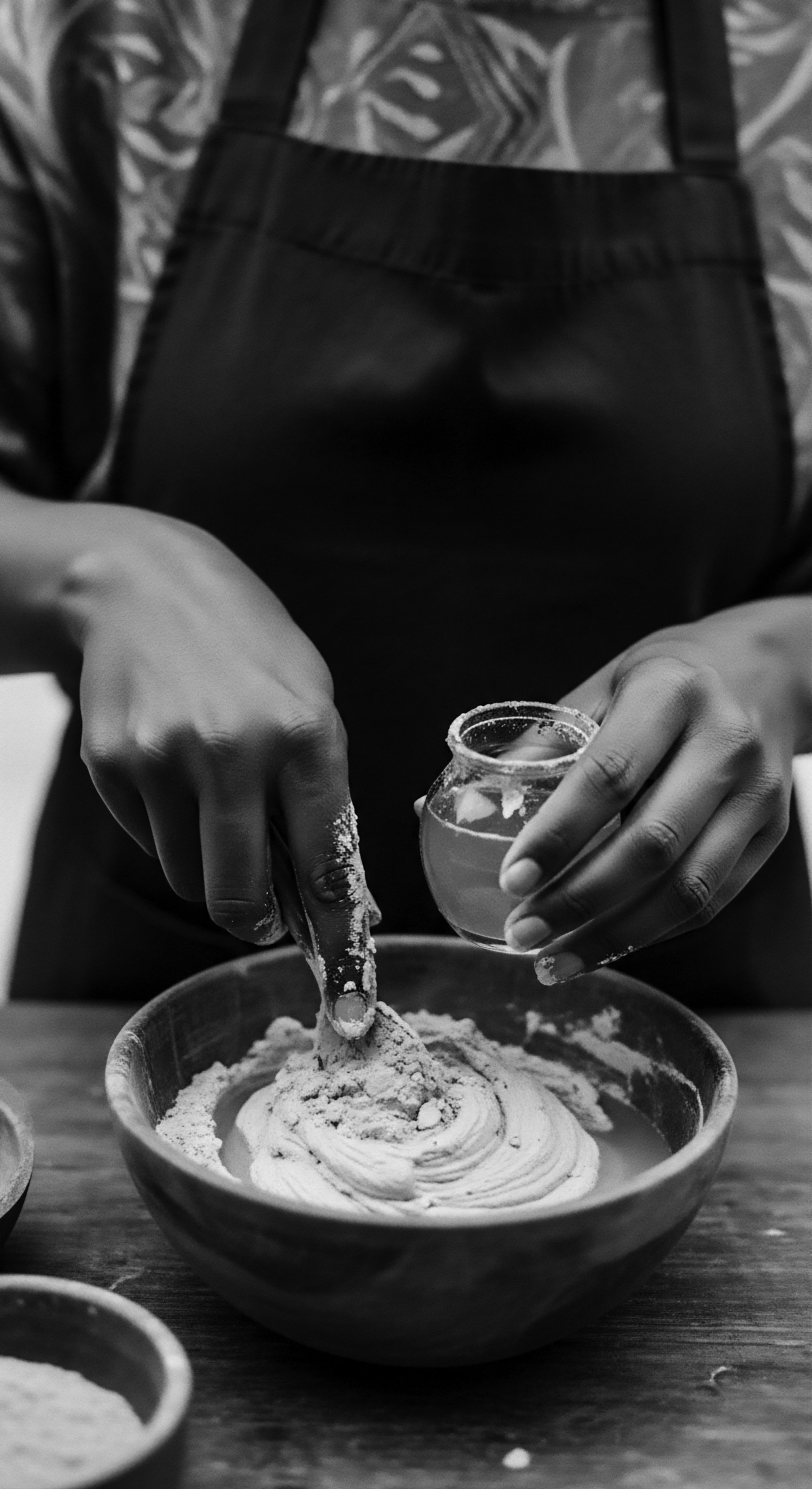
Relay
The conversation surrounding textured hair’s susceptibility to dryness deepens when we consider the interplay of biological predispositions, the historical context of its care, and the enduring cultural narrative. It is a complex tapestry, where scientific understanding, though relatively modern in its articulation, often serves to affirm the empirical wisdom of ancestral practices. The experience of dryness is not a simple deficiency, but a multifaceted phenomenon shaped by a unique hair architecture, environmental adaptation, and a challenging heritage of survival and resilience.
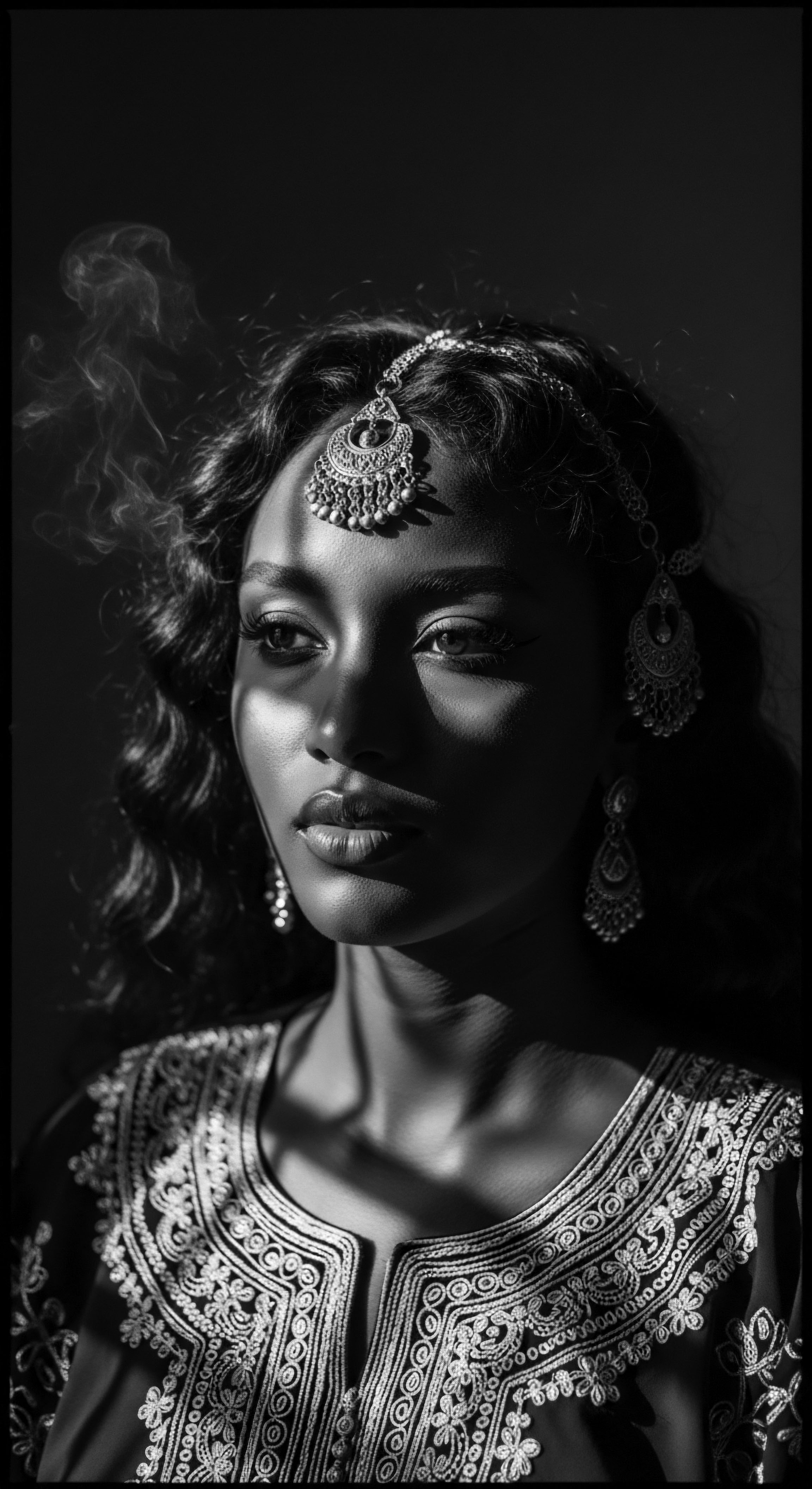
What Biological Mechanisms Cause Textured Hair to Lose Moisture?
At a fundamental level, textured hair’s propensity for dryness is rooted in its structural nuances. Research indicates that while all human hair contains lipids, the distribution and composition can differ. Afro-textured hair, despite often having a higher overall lipid content, frequently exhibits dryness.
This paradox can be attributed to the way these lipids interact with the hair’s distinct helical structure. The numerous bends and curves of a coiled strand create more opportunities for the cuticle scales to lift, even subtly, allowing water to escape more readily into the environment.
Moreover, the tightly coiled nature of textured hair means that the hair shaft itself is often less dense and has a smaller fiber diameter compared to straight hair, yet it can have greater variability in diameter along a single strand. This structural unevenness, combined with the way disulfide bonds are configured within the keratin protein, creates areas of inherent mechanical weakness. These weaknesses translate to increased fragility and a heightened likelihood of breakage, which can further compromise the hair’s ability to retain moisture. A hair strand with compromised integrity will lose moisture more quickly than an intact one.
Consider the science behind moisture retention ❉ Hydrogen Bonds within the keratin structure play a vital role in hair elasticity and its ability to hold water. When textured hair is exposed to dry air, these hydrogen bonds are readily disrupted, leading to rapid water loss. In contrast, in humid environments, textured hair can absorb moisture, causing the strands to swell and leading to frizz.
This constant flux, coupled with the difficulty of natural sebum distribution, creates a consistent need for external hydration strategies. The concept of “shrinkage,” a property of textured hair where it appears much shorter when dry than when wet, is a visual manifestation of this dynamic interplay between water absorption and release, reflecting the hair’s intrinsic thirst for moisture.
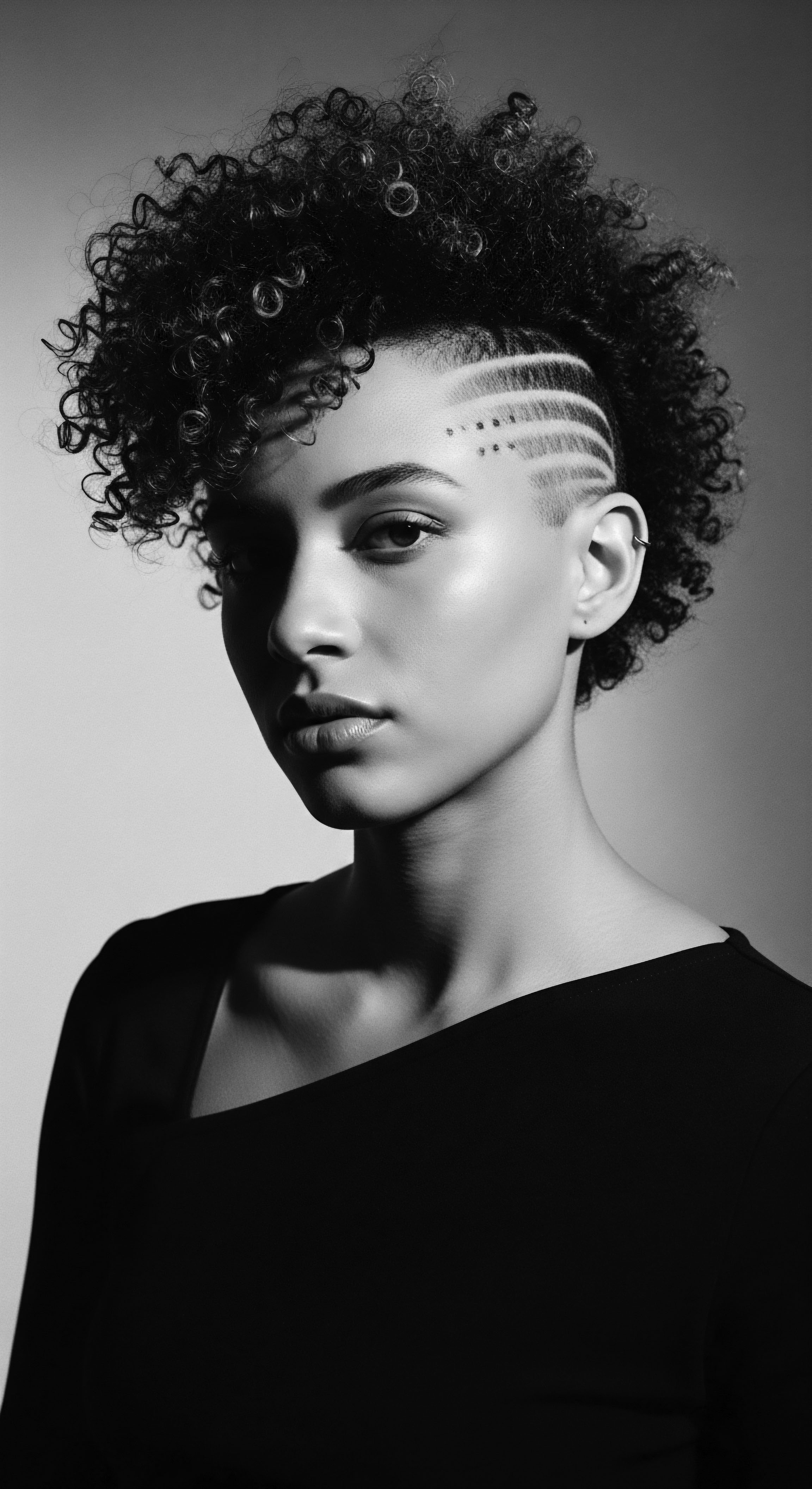
How does Historical Trauma Affect Modern Hair Care?
The legacy of slavery and systemic discrimination casts a long shadow over the understanding and care of textured hair, contributing to its perceived dryness and the methods used to combat it. During enslavement, African people were deliberately stripped of their cultural identity, including their traditional hair care practices, tools, and communal rituals. Their hair was often shorn or manipulated to conform to European beauty standards, a practice that both dehumanized them and undermined the health of their hair. The term “wool” was often used to describe Black hair, further diminishing its humanity and promoting its subjugation.
This historical oppression led to the widespread adoption of chemical straighteners, such as lye-based relaxers, which began appearing in the 19th and early 20th centuries. While these products offered a semblance of conformity and, for some, a pathway to social mobility, they came at a severe cost ❉ chemical burns, scalp damage, and extreme hair fragility, exacerbating the natural tendency for dryness and breakage. The constant pressure to achieve a “straighter” look meant many generations neglected natural moisture retention practices, prioritizing alteration over nourishment.
The enduring pursuit of moisture in textured hair is a historical echo, a cultural response to inherent structural realities exacerbated by centuries of societal pressures and disrupted ancestral practices.
This historical context explains, in part, why the natural hair movement of recent decades has become such a powerful force. It is a reclamation of heritage, a conscious return to embracing the natural texture and prioritizing its health and moisture needs over conformity to Eurocentric beauty ideals. This movement seeks to heal the historical trauma associated with Black hair, advocating for practices that honor its unique biology and cultural significance.
For example, a study examining the experiences of Black women with natural hair found that embracing natural texture was deeply linked to self-esteem and identity, highlighting a significant shift away from chemical treatments and towards practices that prioritize hair health. The “Nappy movement” of the 1990s and 2000s, a blend of “natural” and “happy,” exemplifies this cultural shift, encouraging acceptance and celebration of kinky and coily hair as it naturally exists.
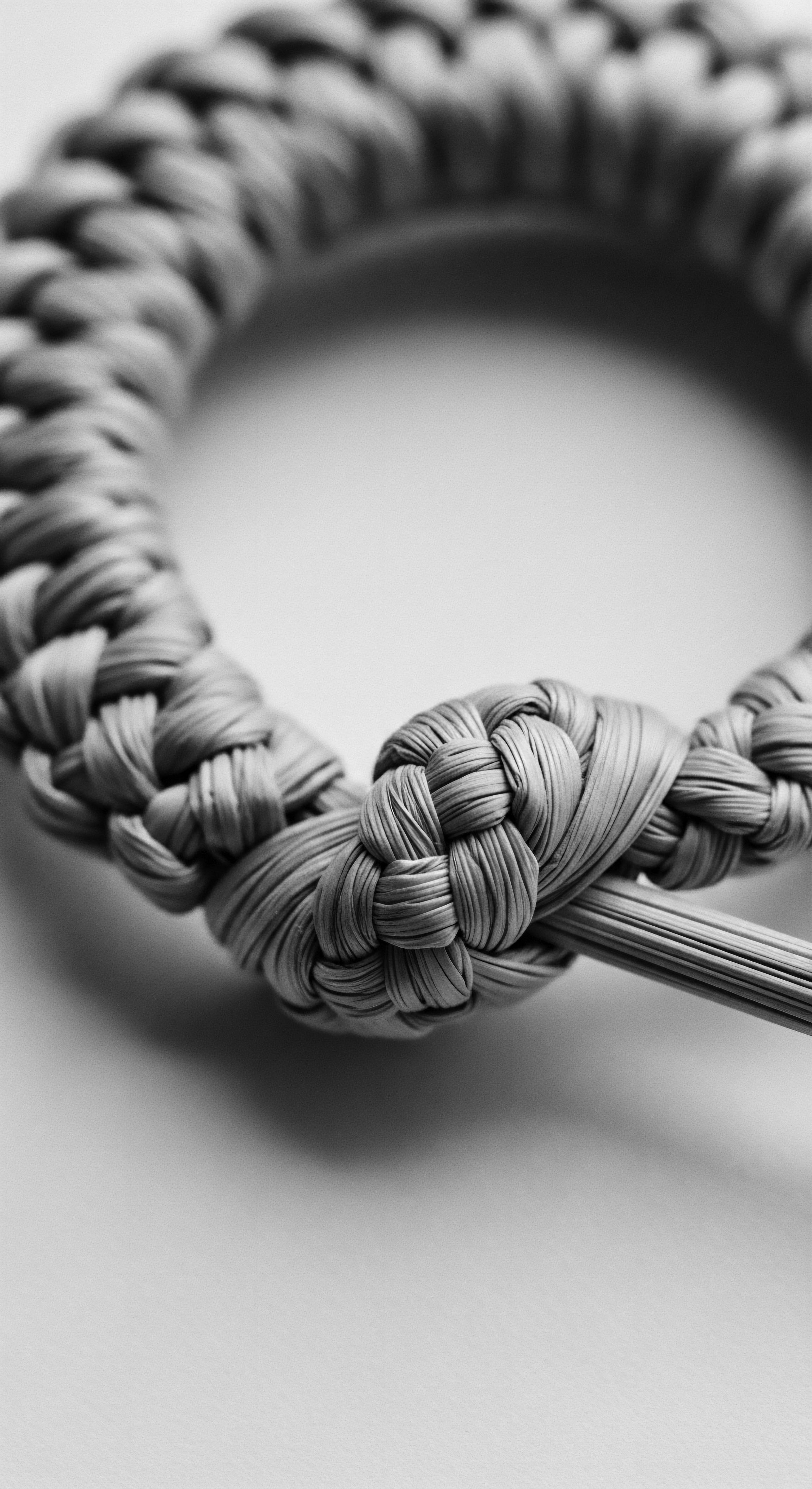
Connecting Modern Solutions to Ancestral Wisdom
Modern hair science, in many ways, validates the intuitive practices of our ancestors. The emphasis on sulfate-free cleansers, deep conditioning, and the layering of leave-in conditioners, oils, and creams (the LOC/LCO method) are all contemporary manifestations of the same principles observed in traditional African hair care. The understanding that healthy hair requires consistent moisture, gentle detangling, and protection from manipulation is not new; it is a profound echo from the past, now articulated with scientific precision.
The journey from ancient communal rituals to modern scientific understanding is a continuum, underscoring that the pursuit of vibrant, well-hydrated textured hair is a story of enduring resilience, cultural continuity, and deep respect for a cherished heritage.
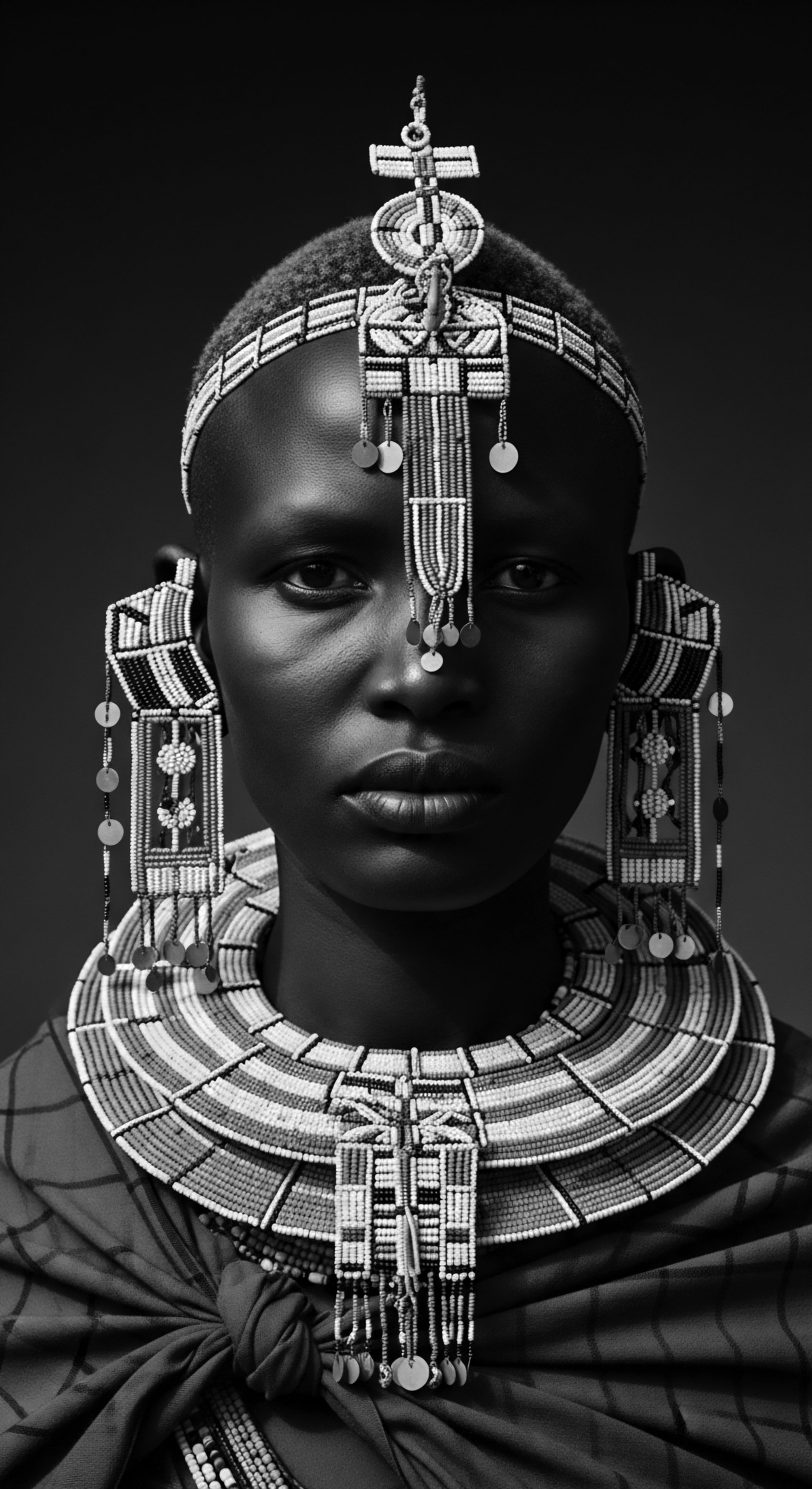
Reflection
The inherent inclination of textured hair toward dryness is not a simple biological quirk, but rather a profoundly intricate narrative, deeply interwoven with the vibrant threads of heritage, resilience, and the relentless spirit of Black and mixed-race communities. It speaks to the ancient wisdom held within ancestral practices, lessons whispered across generations that instinctively understood the needs of the coiled strand, even without the modern lexicon of molecular biology. This understanding allows us to perceive textured hair not as a challenge to be overcome, but as a living archive, a testament to enduring ingenuity in the face of environmental realities and historical adversities. Each twist, each curl, each carefully applied oil and butter, carries the weight of a lineage—a soulful strand that demands to be seen, honored, and deeply cared for, its story a continuous unfolding of beauty and strength.
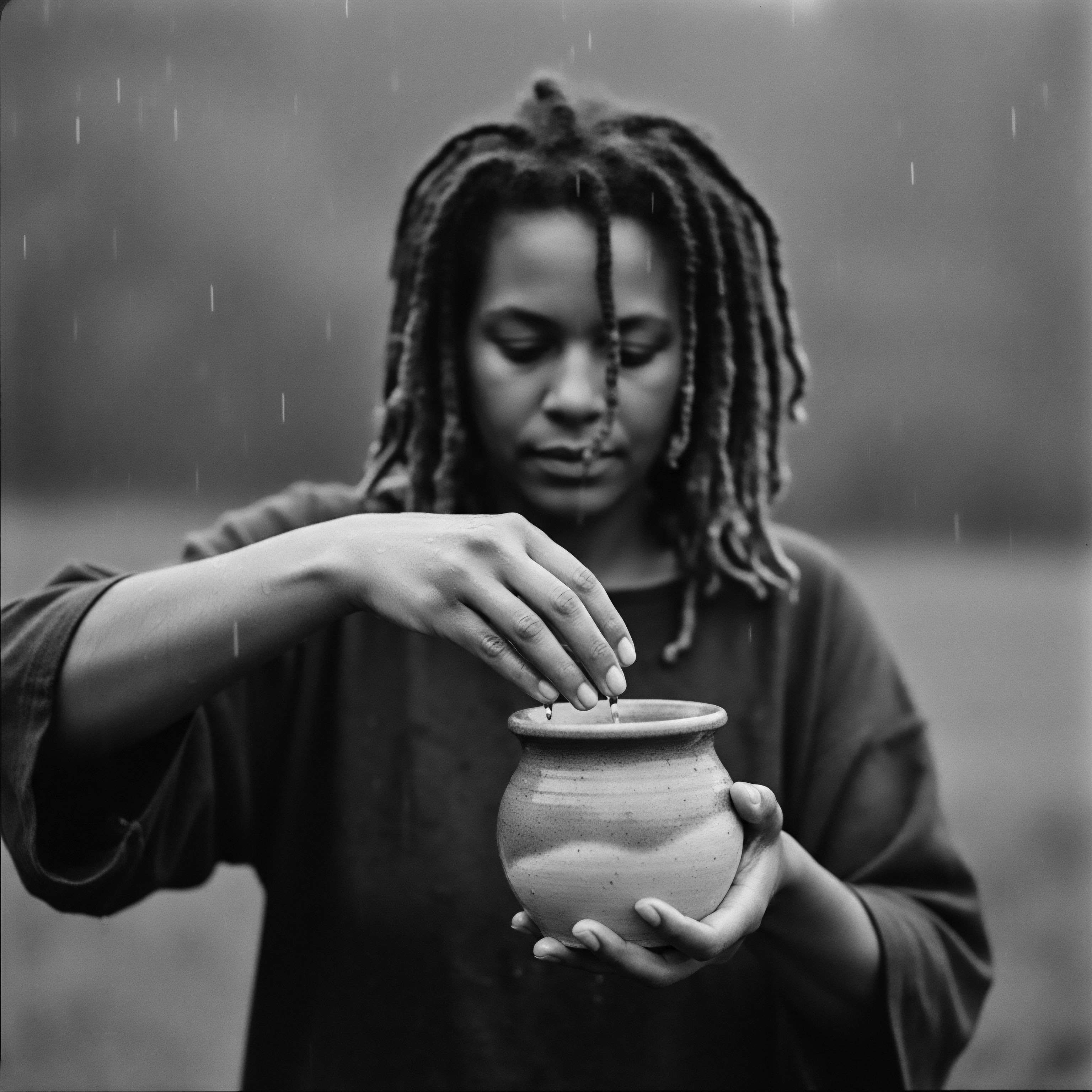
References
- Byrd, A. D. & Tharps, L. D. (2001). Hair Story ❉ Untangling the Roots of Black Hair in America. St. Martin’s Press.
- Jacobs-Huey, L. (2006). From the Kitchen to the Salon ❉ Language and Cultural Co-Construction in an African American Community. Oxford University Press.
- Mercer, K. (1994). Welcome to the Jungle ❉ New Positions in Black Cultural Studies. Routledge.
- Patton, T. O. (2006). Our Own Kind of Beautiful ❉ The Politics of Black Hair in the African American Beauty Culture. Black Women, Gender and Families, 1(1), 1-28.
- Rooks, N. M. (1996). Hair Raising ❉ Beauty, Culture, and African American Women. Rutgers University Press.
- Browne, J. (2006). The Science of Hair. Elsevier.
- Loussouarn, G. & Rawadi, C. (2005). Diversity in human hair ❉ microscopic and macroscopic characterization. International Journal of Cosmetic Science, 27(6), 329-340.
- McMichael, A. J. (2003). Hair and Scalp Disorders in African Americans. Dermatologic Clinics, 21(4), 675-684.
- McMichael, A. J. (2007). Hair and Scalp Disorders in Ethnic Groups. Clinical Dermatology, 25(6), 629-639.
- Wolfram, L. J. (2003). Human hair ❉ A chemist’s perspective. Journal of Cosmetic Science, 54(5), 441-460.
- Banks, I. (2000). Hair (Still) Matters. Feminist Studies, 26(1), 127-147.
- Johnson, K. A. et al. (2023). The Person Beneath the Hair ❉ Hair Discrimination, Health, and Well-Being. Journal of the American Academy of Dermatology, 89(2), 302-308.
- Cécred. (2025). Understanding Hair Oiling ❉ History, Benefits & More. Retrieved from
- Afriklens. (2024). Natural African Haircare ❉ Celebrating the Afro and Braids. Retrieved from
- Olaplex. (2024). What Causes Different Hair Types and Textures? Retrieved from
